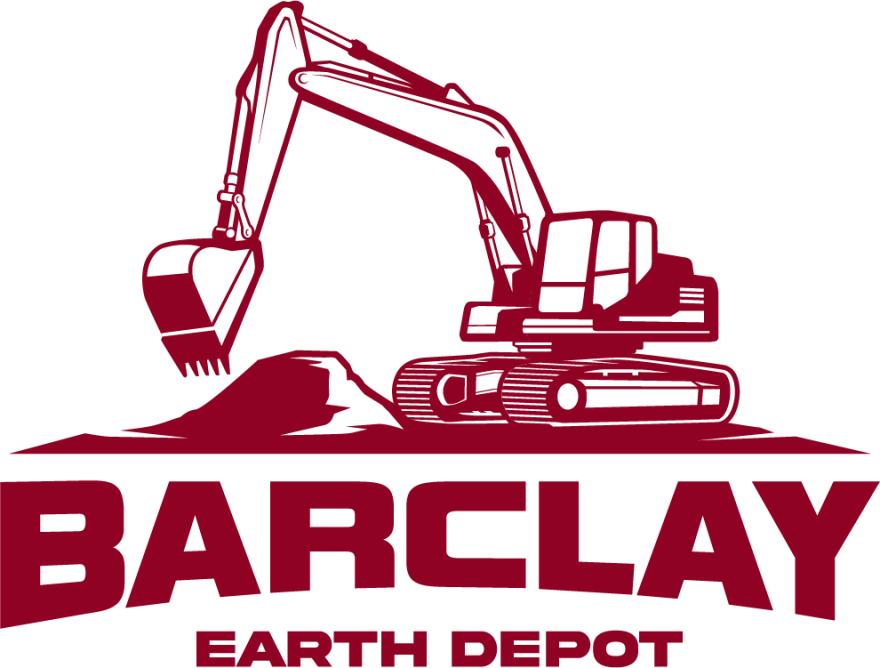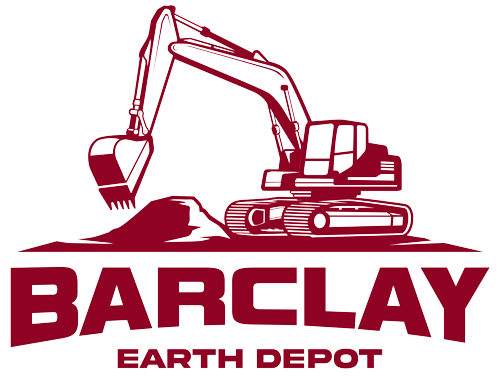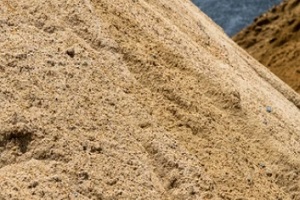 Fill dirt is one of the key components of many successful projects, from road construction to general landscaping. Whether you are a commercial business with big project scope or a private homeowner hoping to change the layout of your backyard, here are the qualities you should look for in your fill dirt.
Fill dirt is one of the key components of many successful projects, from road construction to general landscaping. Whether you are a commercial business with big project scope or a private homeowner hoping to change the layout of your backyard, here are the qualities you should look for in your fill dirt.
Some Types Of Fill Dirt
Not all dirt is the same. Clean fill dirt is free of hazardous materials such as corrosives, which can destroy metal. It is also lacking combustibles that create a fire hazard, and noxious materials such as metals and bacteria. Also known as certified fill, meaning that an expert has confirmed it to be safe, this type of dirt is very popular.
Common fill dirt is cheap and delivered as-is, dug straight from the ground and often filled with clay, rocks and roots. Because of this, construction equipment is necessary in order to move it around.
Screened fill dirt has been put through a machine to sort out all materials larger than approximately 5/8 inch. It is more expensive than common fill, but it is much easier to move by hand.
Select fill dirt is screened dirt that is then tested by a soil engineer to ensure it is suitable for a specific project. It is generally used beneath a building’s foundation as a combination of clay and gravel, though different locations require different materials and ratios to ensure the safest mixture for that region’s characteristics. Topsoil is the top layer of dirt used to grow grass, plants or trees. It is a combination of compost and sand and consists of many of the nutrients required for plants to thrive.
The Types Of Projects Fill Dirt Can Help With
Fill dirt can be used in a myriad of projects. From the construction of huge buildings to some backyard landscaping, fill dirt can be necessary for making the land as useful as possible.
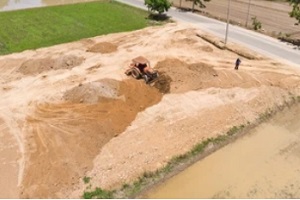 Fill dirt can be used in large-scale jobs such as leveling the ground for paving, so features such as roads, sidewalks, runways or parking lots remain stable and even. It can also deter flooding by filling in a depression, raising the elevation or creating a levee. When building, fill makes the ground stable to support the foundation of a new building.
Fill dirt can be used in large-scale jobs such as leveling the ground for paving, so features such as roads, sidewalks, runways or parking lots remain stable and even. It can also deter flooding by filling in a depression, raising the elevation or creating a levee. When building, fill makes the ground stable to support the foundation of a new building.
Fill dirt can also be applied to projects around the house, including leveling land for a pool, patio, garden or home addition. The perimeter of your home may require building up the ground with fill to ensure drainage away from the foundation. And of course, if you have unwanted holes in your lawn, fill dirt will take care of those too.
The Right Composition For Your Project
Different types of projects require different types of fill dirt. Sometimes a space just requires dirt without regard to composition, but in other circumstances, the dirt needs to have specific parameters including the grain size, stability and safety.
For almost any kind of landscaping, clean fill dirt is advisable since it is confirmed to be free of hazardous materials. This is the best kind of dirt for any area you will be closely interacting with. Another good choice for landscaping is screened fill dirt, because it is free from heavy clay and rock and is easy to move by hand. You should add a layer of topsoil on top of any fill you choose for your landscaping, so that grass, trees or a garden will be able to grow.
Common fill dirt is best suited for filling in very large areas, usually in preparation for a large-scale construction project.
If you are laying a foundation for a building, the ground beneath it should be select fill dirt. This reduces the likelihood of the ground shifting below a building and damaging it.
As Little Organic Material As Possible
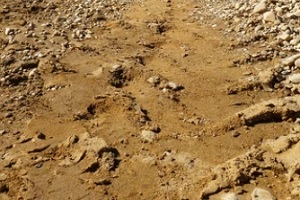 When using dirt for a project, it is important that you choose a variety that does not contain organic matter. Pieces of plants, animal remains or anything else that was once alive will decompose over time. When this happens, that once-solid object will be replaced by a pocket of empty space, into which the dirt on top will fall.
When using dirt for a project, it is important that you choose a variety that does not contain organic matter. Pieces of plants, animal remains or anything else that was once alive will decompose over time. When this happens, that once-solid object will be replaced by a pocket of empty space, into which the dirt on top will fall.
This makes the surface of the ground uneven over time. If there is anything built on top of this area, this change in the ground below can cause damage to the foundation or the structure it supports.
Trust A Reputable Supplier For Your Project
If you are ready to begin a project that needs fill dirt, be sure to secure your materials from a reputable seller. The experts at Barclay Earth Depot would be happy to answer any questions, not only about the type of fill that is best for your project but also about the quality and composition of the fill we supply. Contact Barclay Earth Depot to get started.
